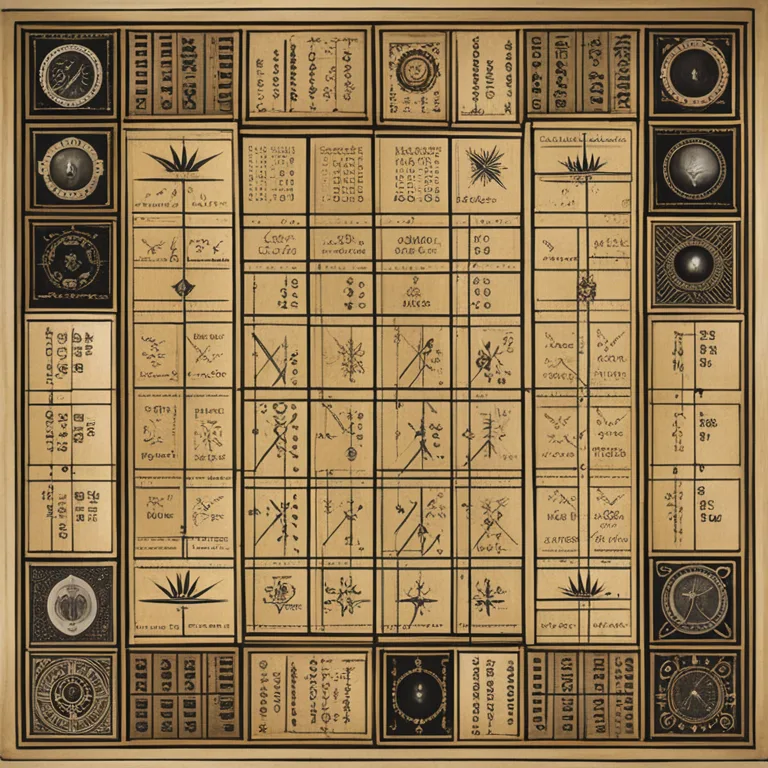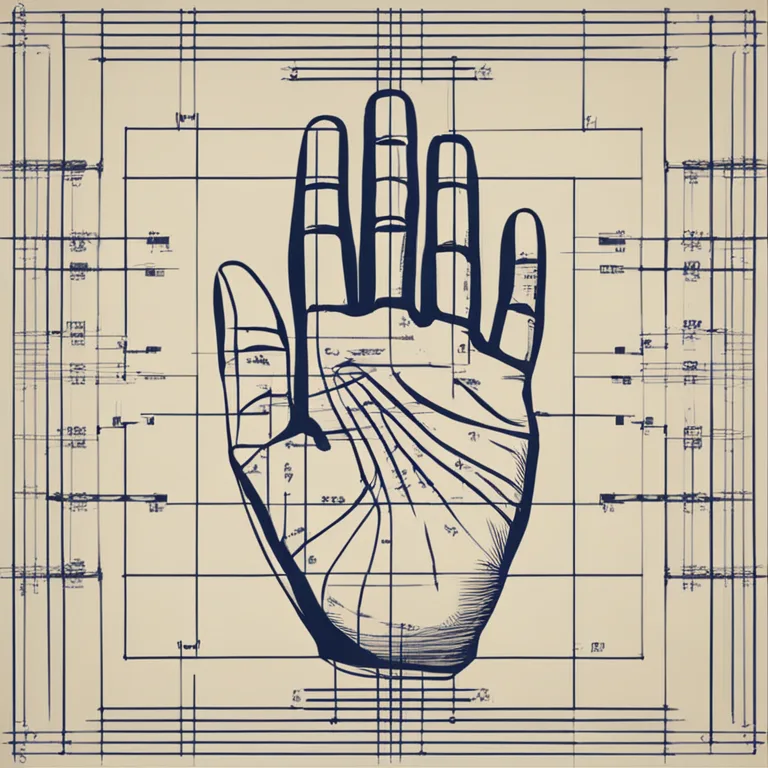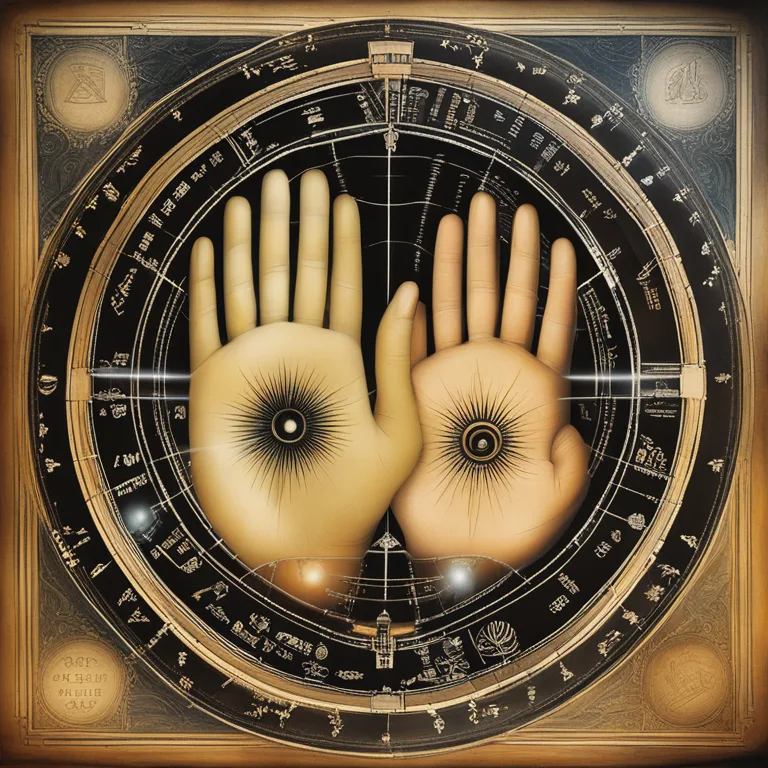
Palmistry & Men: Which Hand To Read?
Discover which hand is traditionally analyzed in palmistry for men and why it matters in the art of hand reading.
article by Nora Pennington
Introduction to Palm Reading for Men
<Palmistry, or chiromancy, has been a practice rooted in various cultures for centuries, serving as a fascinating tool for insight into one's personality and potential future. When it comes to reading a man's palm, there is a traditional guideline that palmists follow to determine which hand holds the key to unlocking personal insights. Understanding the dominant and non-dominant hand roles is crucial for an accurate reading. In this article, we delve into the age-old question: In palmistry, which hand is read for a man? This will set the foundation for anyone interested in learning about palmistry or seeking a personal reading.

Primary Hand Selection in Males
<Palmists have conventionally referred to the dominant hand—that is, the hand a person predominantly uses for writing and manual tasks—as the primary source of information. For most men, this is their right hand. The lines and features on this hand are believed to represent the conscious mind, current life circumstances, and the direction one’s life is taking. It's seen as the script of a person’s life as they have lived it, embodying the individual's energy and activity as they interact with the world around them.

The Role of the Non-Dominant Hand
<In contrast, the non-dominant hand, often the left for most men, is associated with potential, inherited traits, and one’s subconscious. It's thought to reveal the unique predispositions a person is born with, including talents, strengths, and weaknesses. This hand represents what could be or might have been. When analyzing a man's palm, both hands are necessary for a full perspective, but the non-dominant hand provides context for the dominant hand's story.

Dynamic Duo: Reading Both Hands for a Complete Picture
<Comparing both the dominant and non-dominant hands is key in palmistry. Changes and differences between the two hands can indicate growth or regression. By understanding both the actual path taken and the underlying capabilities or challenges, a more nuanced and thorough interpretation can be drawn. In contemporary practices, palmists often look at the right hand for the enacted life story, with the left hand providing the backstory or the “draft” of a person's life narrative.

Modern Adaptations in Palmistry Practices
<With the evolution of palmistry practices to adapt to modern lifestyles and thinking, some contemporary palmists argue for a more flexible approach that considers the individual's life experiences and handedness. Since many aspects of palmistry are symbolic rather than deterministic, the significance of the hand chosen for reading may evolve with societal changes. With the personal growth of an individual also factored in, the lines can physically change over time, which is why it's crucial to update readings periodically.
Personal Preferences and Palmist Expertise
<Though traditional guidelines exist, the final decision may come down to personal preference or the specific expertise of the palmist conducting the reading. Some palmists choose to read the left hand for insight into personal relationships or emotional landscape, regardless of it being the non-dominant hand. Others may focus on your dominant hand for career-related queries. Hence, the hand chosen for a thorough reading may vary depending on the context of the questions and the areas of life you're seeking guidance in.
Cultural Continuity and Predictive Power
<Across different cultures, there's a continuity in the emphasis on the dominant hand for men in palmistry. The lines on the dominant hand, to many practitioners, show the life a person has developed from their potential, as seen on the non-dominant hand. Regardless, the predictive power of palmistry is not deterministic; it is merely suggestive of possible outcomes based on the individual's current trajectory and inherent thematics seen within the palm's lines and shapes.
Published: 1/3/2024
Modified: 1/3/2024
More predictions
Come back here soon to learn more about yourself and your future


The Lines of Learning: Palmistry's Education Marker
Discover the significance of the Education Line in palmistry and learn how it reflects one's intellectual pursuits and learning style.


The Language of Palmistry Fingers: A Comprehensive Guide
Delve into the significance of fingers in palmistry and what they reveal about our personalities and futures